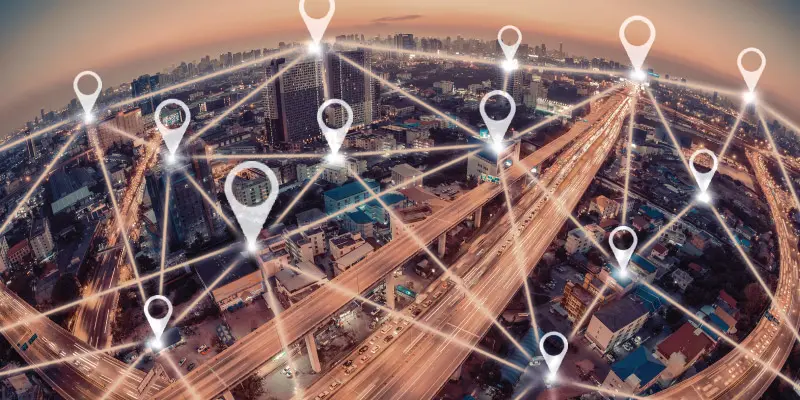By 2050, 70% of the world’s population are predicted to be city dwellers. How should the world accommodate for this change? Are smart cities the answer? What exactly makes a city “smart?”
As cities continue to increase in population, there is an increased need for better transport, infrastructure and innovation.
CNBC International created a short, insightful video about stepping into a Smart City. The video explains that it connects a community together through the use of technology and advanced innovation.
Creating a smart city involves:
- Citizen participation: Getting your community involved in your projects.
- E-goveranance: Delivering government services and exchanging information through communication technology.
- Urban mobility: Sustainable transport infrastructure, making it simple for residents to move around the city.
- IT connectivity: Support services through the cloud, networking, and consultancy.
- Waste management: E-waste drop-offs, safe distribution methods to dispose waste.
There is no, one clear definition of a smart city. SmartCitiesDive created an article with a bunch of meanings.
“It’s a city where the city services are provided easily, affordably; the citizens are able to connect with their government; the government is able to anticipate and provide improved services in an economic fashion and, as importantly, to create a livable city and a socially vibrant city along with [dealing] with the environmental side and being socially responsible.”
— Jeff Cassis, SVP of Systems and Services, Philips Lighting
“The smart city is a city that anticipates future need in a really elegant way. And elegant means taking a look at the confluence of function, resilience, sustainability, wellness — it’s all of it. Even though ‘smart’ seems to be synonymous with technology, it certainly goes way beyond the technology. What does it accomplish, and how does it improve the lives of the citizens?”
— Elizabeth Heider, Chief Sustainability Officer, Skanska USA
What do smart cities aim to achieve?
- To provide the most up-to-date technology to connect and resonate with citizens and new markets throughout the country.
- To be more waste efficient; teach, educate and collaborate with the community about using less waste.
- Governments aim to implement “Smart tech” to help engage the community in planning and policy decisions.
- “Urban Media” aims to create a vision of connecting citizens with the city.
Are you enjoying this article?
Access our free Infographics Library on all things engagement.












